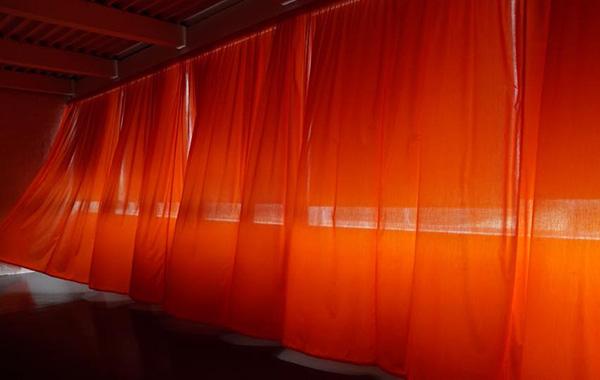Sussmann Prize

Minna Henriksson (b. 1976)
Minna Henriksson is currently based in Helsinki. She studied art in Brighton, Helsinki and Malmö and has lived longer periods in South-East Europe. Her artwork is often dealing with hidden and underlying politics in seemingly neutral and natural processes. One of the fields of focus in her work has been the dynamics and power-positions within the art scene. She is currently involved in research about working conditions of art workers.
She has been dealing with the issue of nationalism in her artistic work as well as theoretically, in connection to contemporary art, together with sociologist Sezgin Boynik. She has exhibited broadly in Finland as well as internationally. In 2010 she realized a permanent public artwork in Trabzon, Turkey. Upcoming exhibitions this year will be in Oulu Art Museum, Survival Kit festival by the Center for Contemporary Art Riga, a public artwork in a suburb of Oslo with Kulturbyrået Mesen, and exhibition in the Lenin-museum of Tampere.
The Dutch Window
by Seecum Cheung
The Dutch Window refers to the cultural tradition in The Netherlands of having open and un-curtained front windows, thus exposing one’s interiors for all to see. This unique act has amassed theoretical speculation, centered on the Dutch ideal of having nothing to hide. The borders of the private become intimately blurred with the public, separating the outside from the inside, and uniting the two through reflection. Cheung uses the window as a metaphor for the ideology of liberal transparency and openness in Dutch politics.
At the heart of the film is a discussion around the Dutch voting system of Proportional Representation, with a focus upon the new fringe parties which ran in this year’s electoral race. As noted by the Dutch political scientist Prof. Tom van der Meer, The Dutch system is highly proportional which is radical in its principle of when people vote. The consequence there is that if there is distrust in society, that distrust gets reflected in parliament quite directly, quite easily… so parliament has a chance to cleanse itself, to give people a voice, to canonise distrust in parliament. In the end that is better for democracy.
Since the Proportional Representation system was implemented in 1918, no party has ever approached the seats needed for an outright majority, therefore the Dutch parties have consistently worked together to form coalitions, in order to best represent the values for all Dutch people in all its liberal and illiberal shades.
Born in Tarnopol, Heinrich Sussmann came to Vienna with his family as a refugee during the First World War.
He studied at the Vienna School of Applied Arts in the class of Oskar Strnad and worked as a stage designer and caricaturist in Vienna. After the seizure of power by the Nazis he fled together with his wife Anni (1909 - 1985) to France, where he joined the Resistance. In 1944 Heinrich and Anni Sussmann were arrested by the Gestapo and deported to Auschwitz.
The couple survived and devoted themselves to education about the crimes of National Socialism. In 1946, Heinrich Sussmann participated in the exhibition "Never Forget" at the Künstlerhaus in Vienna, for which he also designed the poster. In his artistic work, Sussmann dealt with the Shoah and the world of Orthodox Judaism. In 1968 he designed the glass windows for the ceremonial hall in the Jewish part of the Vienna Central Cemetery. In 1978 the glass windows for the Austrian memorial in the former concentration camp Auschwitz were created. One of his last works was the Memorial to the Victims of Fascism, which was unveiled in 1981 at Reumann Platz in Vienna.

